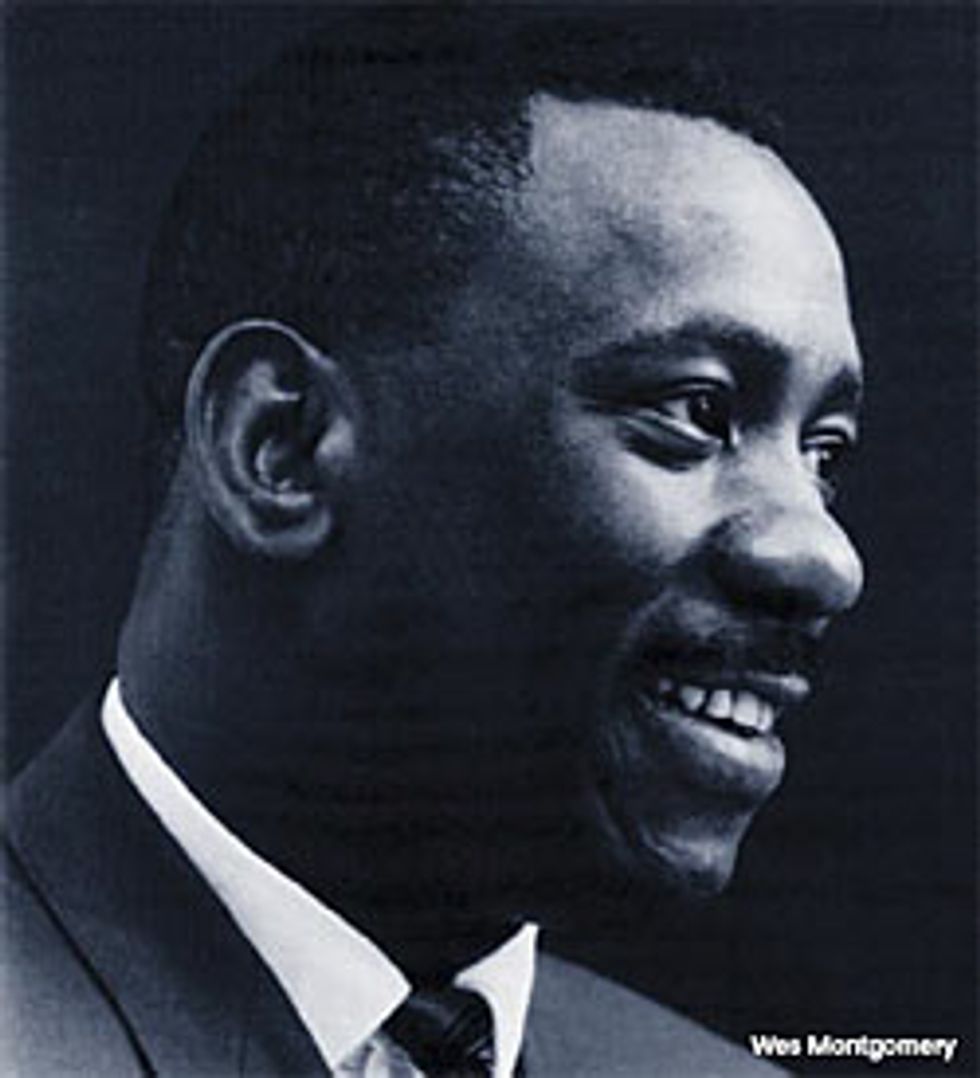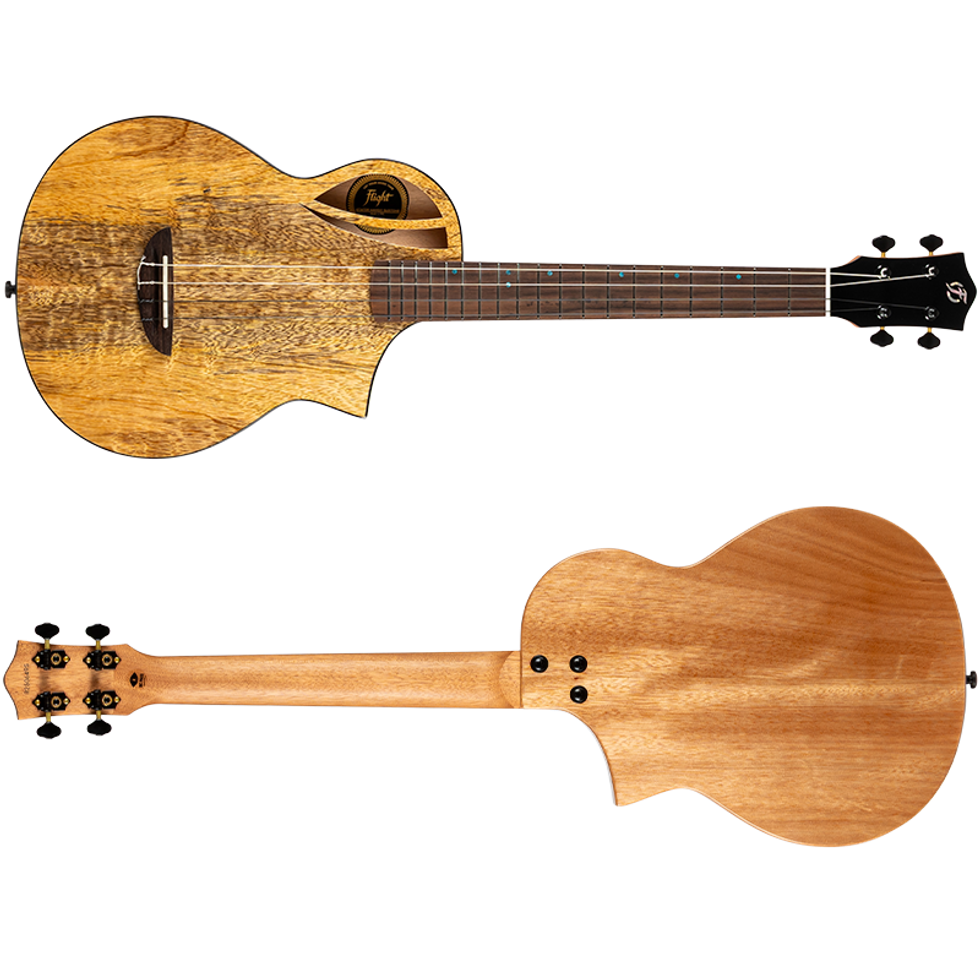 Yeah, I know – you’ve most likely read the above claim in any number of player interviews and guitar magazines. Or perhaps you have heard this oft-repeated maxim from some famous guitarist in the music scene. Well, as much as you’re probably tired of hearing it, the honest truth is that your hands play an immense part of producing your sound. This is probably our best introduction into that remote corner of what we could call “No Man’s Land.” It’s that infamous place where at strange and unforeseen times bad technique can actually turn into something akin to the mythical Golden Fleece.
Yeah, I know – you’ve most likely read the above claim in any number of player interviews and guitar magazines. Or perhaps you have heard this oft-repeated maxim from some famous guitarist in the music scene. Well, as much as you’re probably tired of hearing it, the honest truth is that your hands play an immense part of producing your sound. This is probably our best introduction into that remote corner of what we could call “No Man’s Land.” It’s that infamous place where at strange and unforeseen times bad technique can actually turn into something akin to the mythical Golden Fleece. There are players such as Jeff Healey and Kaki King who have literally turned the instrument upside-down to create a entirely new avenue for expressing their musical thoughts – in this example, both play with their hands placed above the fretboard, overhand style. Last month, we also discussed Tony Iommi’s influence on the electric guitar and took a brief look at how his hands, and his prosthetic “thimbles,” worked to create a thunderous, instantly identifiable sound all his own. You might say that he took matters into his own hands (har har).
There was a wonderful documentary on the Ovation channel about Wes Montgomery called Good Hearted Guitar, which I had the good fortune of catching recently. The footage shown revealed much about how his hands were instrumental to his sound. Let’s look at a couple of examples that illustrate this point.
The first thing I noticed was that Wes did not use his pinky finger when playing single note lines. Instead of playing a higher pitched note on an adjacent, higher string, he would jump up the fretboard and play the intended higher note on the same string as before with his ring finger. What this ultimately did was alter how and why he chose his notes. If you consider that each finger (per fret, that is) represents a given numbered position on the fretboard, Wes skipped the fourth position entirely when playing his melodic lines. This also meant that he had to reach at least one more fret farther down the neck to get the notes he was going for. Now, you might think this doesn’t really matter much – which might seem true until you try it yourself.
When I played them both back the latter track sounded stylistically different and not at all like the “real me.” I use my fourth finger frequently, more than most guitarists I know, so I noticed differences in feel right away. It was like I drastically changed my own note choices and line shapes on purpose. I should also mention that notes fretted with my third finger sounded fatter than those normally fretted with my pinky due to the change in mass.
I also noticed from the documentary footage that Wes only used his fourth finger for higher octaves – where the octave position found on the higher set of strings actually requires its use – to make things more efficient, not to mention quicker to slide around. I saw a few clips where he used his little finger for chords, but it was still infrequent at best. It seems he favored using smaller chordal chunks, or tight voicings, that were constantly moved around to express his own melodic taste, which makes perfect sense – if it works, it works.
The other technique I spent my time studying was his right thumb. As most of you probably know, Wes Montgomery used his thumb instead of a pick. The use of his thumb was quite unorthodox by any person’s standards. It looked like a big “L” shape when striking the strings. His thumb was incredibly huge and was supported by three fingers stretched out over the edge of the pickguard, resting on the face of the guitar’s spruce top. Wes used mostly downstokes, hitting the strings with a massive, fleshy pad which also struck the target string with an almost 90 degree flatter angle. That attack really made a big note come forth from the amplifier!
Montgomery was physically a big man and built like an oak tree. His fretting fingers were long and capable of reaching great distances. However, he didn’t use them in a standard way. Both hands were responsible for making his sound distinct and personal. The moral of the story here is to watch, listen and learn from everything and everybody you can. Being different has proven to be a good thing for players looking to forge an identity on their own terms. We’ll see you next month.
Dean Farley
Dean Farley is the chief designer of "Snake Oil Brand Strings" (www.sobstrings.net) and has had a profound influence on the trends in the strings of today













![Rig Rundown: Russian Circles’ Mike Sullivan [2025]](https://www.premierguitar.com/media-library/youtube.jpg?id=62303631&width=1245&height=700&quality=70&coordinates=0%2C0%2C0%2C0)





